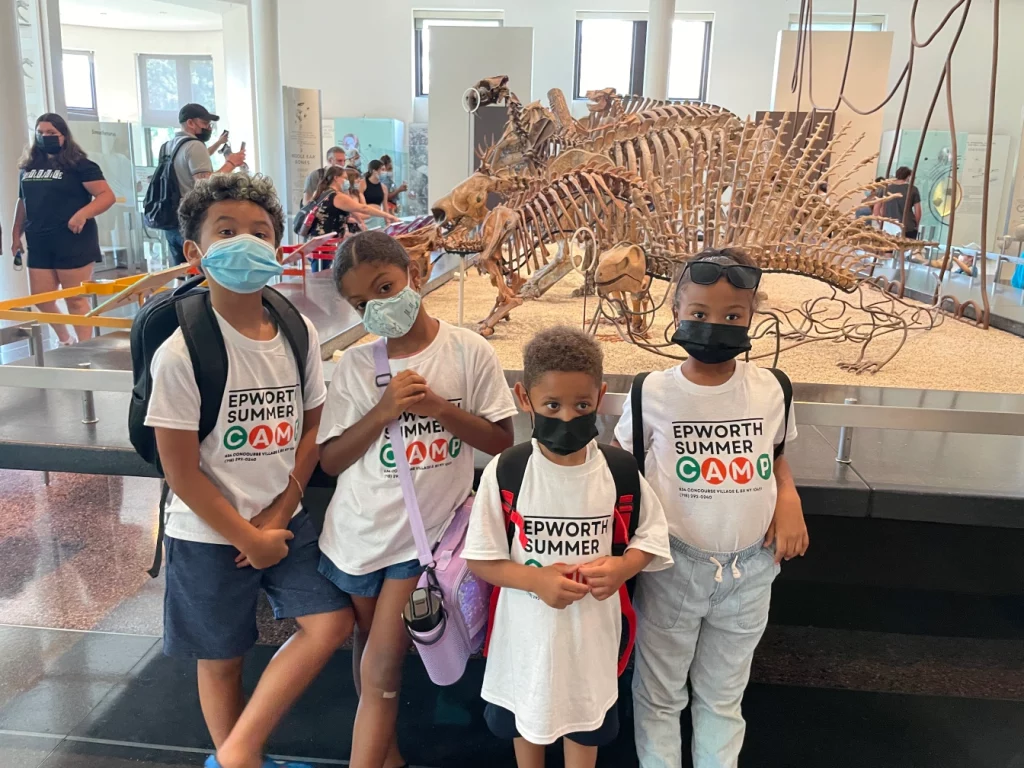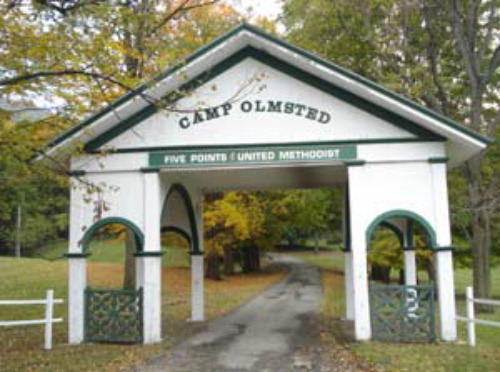The United Methodist City Society’s rich history can be traced back to 1838, when it began as the Sunday School Society. Established to promote quality religious education and support Methodist congregations, the organization played a crucial role in shaping the Methodist landscape of New York City.
In 1866, reflecting its expanding mission, it incorporated as the New York City Sunday School and Missionary Society. Recognizing the need for church growth, the Society actively supported establishing new congregations through financial aid and land acquisition. This focus on mission extension led to another name change in 1871 – the New York City Church Extension and Missionary Society.
Meanwhile, across the East River, the growing Methodist community in Brooklyn mirrored the developments in Manhattan. In 1878, the Brooklyn Church Society was formed, expanding to encompass Long Island by 1898 and becoming the Brooklyn and Long Island Church Society.
At its peak, the New York City Society owned 69 churches in Manhattan, while the Brooklyn and Long Island Society possessed 26. After nearly a century of independent service, these two influential organizations merged in 1971 to form the United Methodist City Society as we know it today.
The United Methodist City Society’s rich history can be traced back to 1838, when it began as the Sunday School Society. Established to promote quality religious education and support Methodist congregations, the organization played a crucial role in shaping the Methodist landscape of New York City

In 1866, reflecting its expanding mission, it incorporated as the New York City Sunday School and Missionary Society. Recognizing the need for church growth, the Society actively supported establishing new congregations through financial aid and land acquisition. This focus on mission extension led to another name change in 1871 – the New York City Church Extension and Missionary Society.
Meanwhile, across the East River, the growing Methodist community in Brooklyn mirrored the developments in Manhattan. In 1878, the Brooklyn Church Society was formed, expanding to encompass Long Island by 1898 and becoming the Brooklyn and Long Island Church Society.
At its peak, the New York City Society owned 69 churches in Manhattan, while the Brooklyn and Long Island Society possessed 26. After nearly a century of independent service, these two influential organizations merged in 1971 to form the United Methodist City Society as we know it today.







Disclaimer: A copy of our most recently filed financial report is available from the Charities Registry on the New York State Attorney General’s website at www.charitiesnys.com or, upon request, by contacting the Charities Bureau, 28 Liberty Street, New York, NY 10005, or us upon request, by contacting us at 475 Riverside Drive, Suite 1922, New York, NY 10115 or by calling (212) 870-3084. You may obtain information on charitable organizations from the New York State Office of the Attorney General by calling (212) 416-8401.